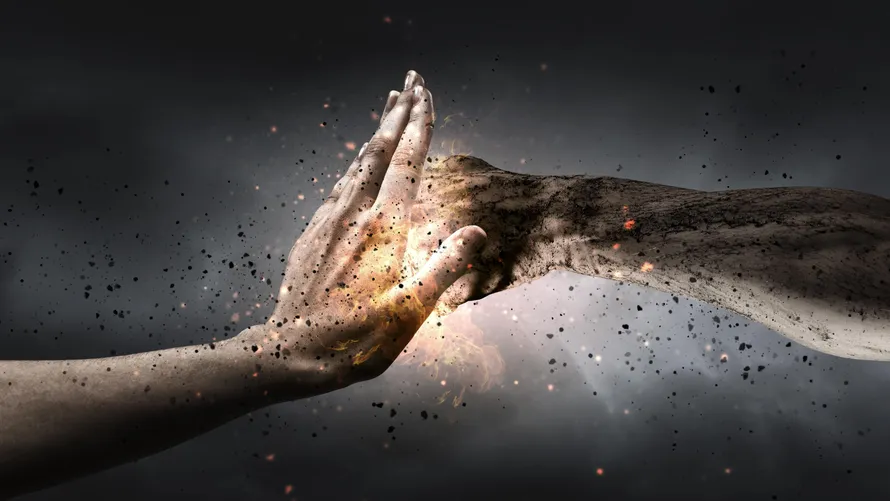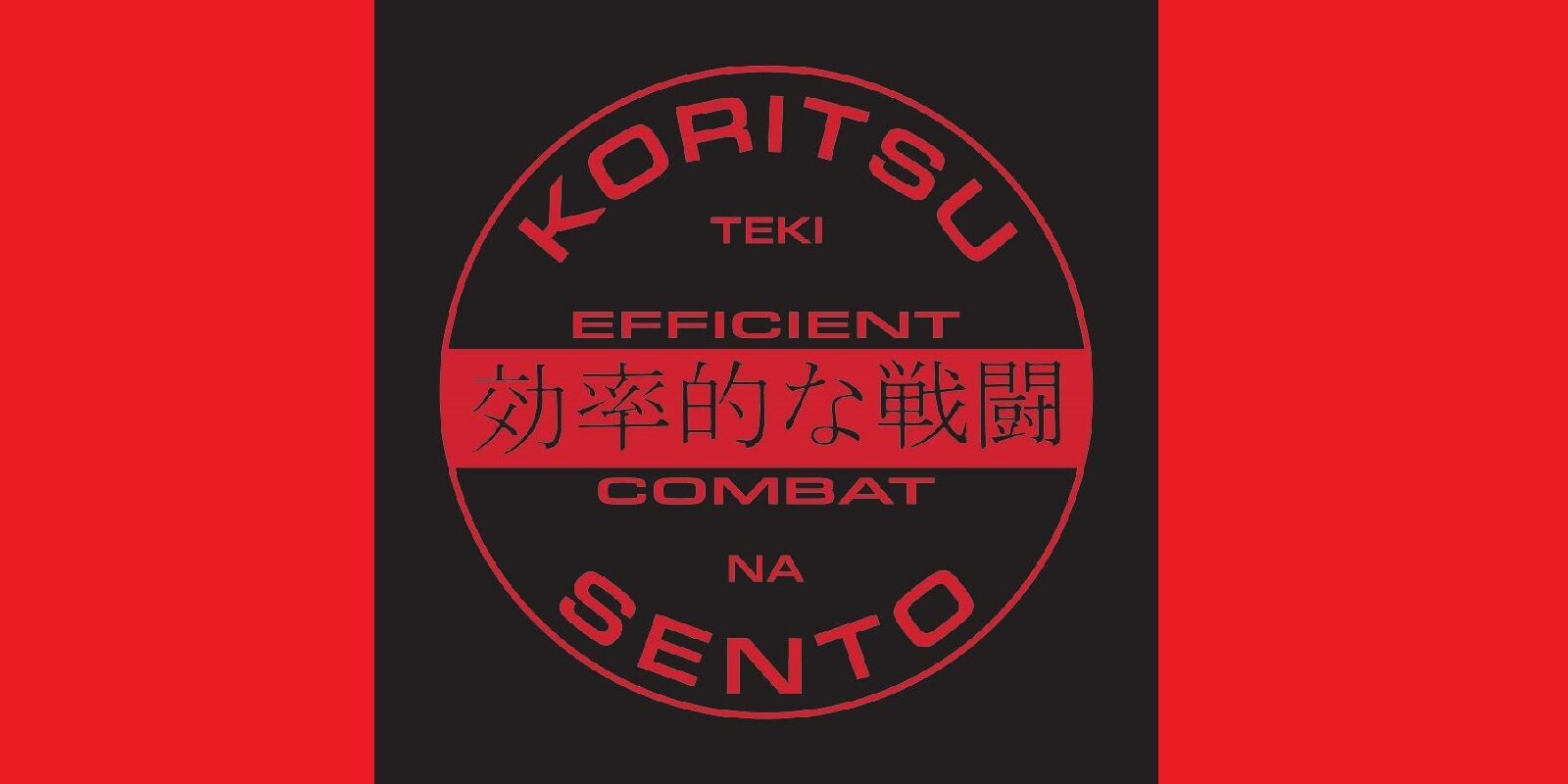September 06 | 2022

The best defense from an attack, and only way to guarantee your safety, is to avoid it all together without even needing to physically defend yourself or a loved one. But should you end up in a bad situation, how you handle yourself and relate to the threat can diffuse it before it becomes physical. If that doesn’t work, then the end result of the altercation will depend upon your training in the past and fortitude in the moment.
In essence there are three main stages of self-defense, which can be summarized as avoiding, diffusing and engaging. As a martial artist, your goal should be to maximize your or your student’s abilities in each of these phases. To do so effectively, focus on what I like to call “The Self-Defense APP.” The Self-Defense APP reminds us to work on these three areas of self-defense by concentrating on and improving our Awareness, Presentation and Preparation during our training.
Awareness
In Kenpo, a phrase that comes up a lot is “Environmental Awareness.” This state of being cognizant of that which is in your immediate presence and what may be present where you’re headed. For example, if you were walking down a dark alley and there were three ruffians with baseball bats and knives looking like they were up to no good, you would probably take note. Hopefully, you would be aware that danger is a strong possibility if you continue on your path and encounter them in close proximity. This is an extreme example to make the point obvious.
In other situations, it may not be quite so obvious. Perhaps it’s as simple as taking note of a sidewalk that is not well lit, creating an opportunity for an attacker to hide and jump an unsuspecting victim. Maybe it’s a busy nightclub and you see a couple guys that have had more to drink than they should and they’re getting a bit aggressive with other patrons. These are just a couple examples of Environmental Awareness to help sharpen your focus on situations to and avoid getting into (if possible).
There is also a vitally important “Internal Awareness.” This awareness takes note of potential threats and evaluates your ability to deal with issues that may arise. You can never be sure of an outcome, but you can develop a sense of what situations you are up to dealing with and which are outside of your wheelhouse. For example, consider an unarmed, handsy, and intoxicated bar patron who’s verbally abusive and of very small stature. How you estimate your skills to deal with this individual would vary greatly compared to a situation where ten fully armed mercenaries busted into your living room and held you at gunpoint.
Again, these are extreme examples. What I’m suggesting is that to develop your Internal Awareness you mentally work through examples that fit somewhere between these extremes and build your understanding of self.
Presentation
Should trouble find you that you cannot avoid through Environmental Awareness, the next phase of your self-defense arsenal is “Presentation.” What and how you present will vary greatly depending upon each individual situation. For instance, back in my bouncing days, I successfully avoided physical conflict with aggressive drunk bar-goers by being aggregable. I would present a strong and yet non-aggressive approach, agreeing with their preposterous statements rather than arguing. Then, I would continue to talk them out the door without a physical altercation.
So, what “Presentation” should you show?
Ultimately, that depends on the situation. If someone is talking big but has yet to make a physical move, you may be able to talk them down, as I mentioned before. If that doesn’t work, you may need to present “large.” In other words, stepping up to the action without instigating further aggression may be necessary to cut it off at the head. The idea here being that a show of confidence, may be enough to shut down the verbose troublemaker. As an extension of this idea, presenting confidence and awareness can go a long way towards avoiding conflict when simply existing in the mutual public space.
On the other hand, if you find yourself the victim of an unprovoked attack and there is no way out of it, it may be to your favor to “play meek” and take your shot when it serves you best. For instance, if diplomacy is not working and your attackers are hellbent on injuring you (or worse), then pretending you have no self-defense knowledge may be your best move. If they were to then drop their guard, the element of surprise may be your best friend.
All in all, there is no “right way” to present. However, by exercising your environmental and internal awareness skills, you’re better prepared to present in a way that is most likely to help you avoid a physical altercation.
Preparation
If you find yourself in an unavoidable physical situation, then your “preparation” is paramount to your chances of survival. This “preparation” is the obvious physical training of techniques, sparring and even forms that you work on daily in the dojo. Rather than belabor the point, I will simply say that you will perform how you practice. Thus, it is of the utmost importance that you train with intensity and intention. If you are forced into the unavoidable, what you have practiced in class in the past and your mindset in the moment, combined with your ferocity, will be all that you have to escape the situation in one piece.
Martial Arts offer an untold number of benefits for each individual. You may do it for fitness. Perhaps you train to build confidence. Maybe you go to class for the discipline. But always remember that at the base of any marital arts system is self-defense. So, make sure each and every training session reflects that goal.
Salute,
Ian Lauer
2nd Degree Black Belt American Kenpo
1st Degree Black Belt Tae Kwon Do
1st Degree Black Belt Coszacks Karate
